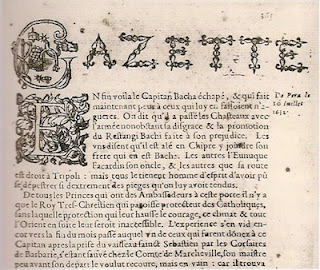Arts and Crafts Movement in the Information Age
Just like the Industrial Revolution changed the world in the 1800’s, the Information Age we live in today is shaping our world. Also, like the Industrial Age, the information technology industry has been so focused on meeting the great demand for information, that the aesthetics of graphic design have been disregarded. And, similar to how the Arts and Crafts Movement worked to bring aesthetics back to book design, a recent movement, maybe motivated by more commercial interests, is occurring today in the Information Age.
In the San Jose Mercury News, (October 23, 2011, Section E, page 1), an article entitled Online aesthetics, reports about the aesthetic design movement of today, (the full article is a very interesting and worthwhile read). While the article focuses on Google, the overall message is that the information technology industry is maturing from one focused simply on presenting information, to one interested on presenting the information with more attention to graphic design. Former design director for The New York Times website, Khoi Vinh is quoted in the article, “It’s really clear that consumers care about (design) now… In an earlier age when tech was still rough and immature, you could win on technology alone. But now, tech is mature enough that people really value and look for the best possible design. It’s why Apple sold 4 million iPhone 4Ss” its first weekend on sale.
The article later goes on to say that the demand from information technology companies for employees with interactive design experience is very high. Liz Danzico, chairwoman of the New York School of Visual Arts MFA interactive design program is quoted in the article, “Interactive design students in programs like New York’s School of Visual Arts have become targets for Silicon Valley recruiters, with companies like Apple, Yelp, Twitter, Facebook and Google making job offers to recent graduates…companies are realizing that design can be a differentiator for users.”
A rise in the desire for aesthetics, according to the article, was also demonstrated by Facebook’s purchase of Daytum last Spring. Daytum is a startup that collects personal statistics and shares them through striking digital graphics. The article also reports that Facebook brought in a team of designers from the New York Daytum office to work on its new Timeline feature.
While maybe not motivated by the same ideals as the Arts and Crafts Movement of the Industrial Age, the Information Age is similar in that there is a movement to unify beauty with function. Here’s to history repeating itself.
Original Google Page - 1997
Original Facebook Page - 1996












